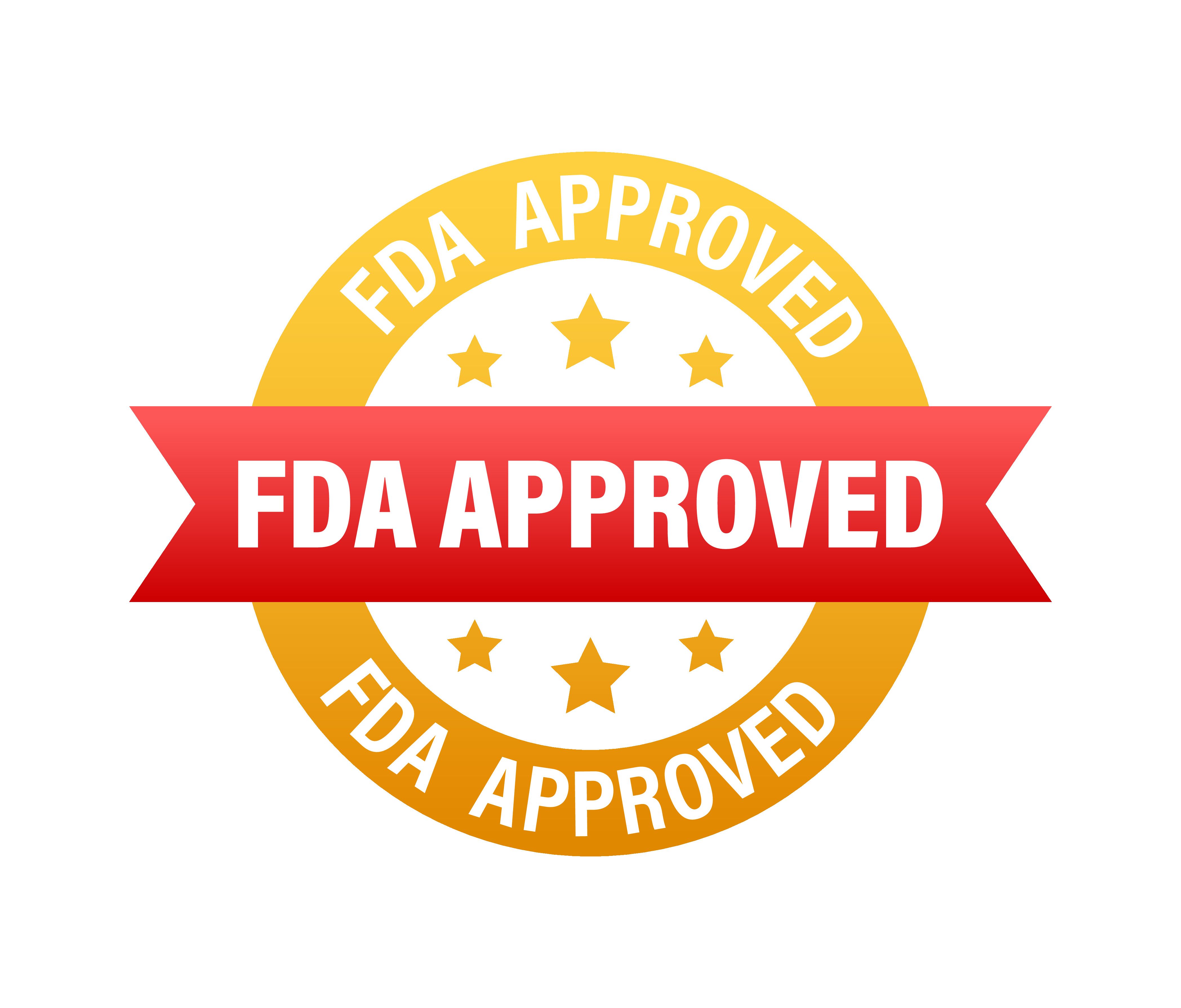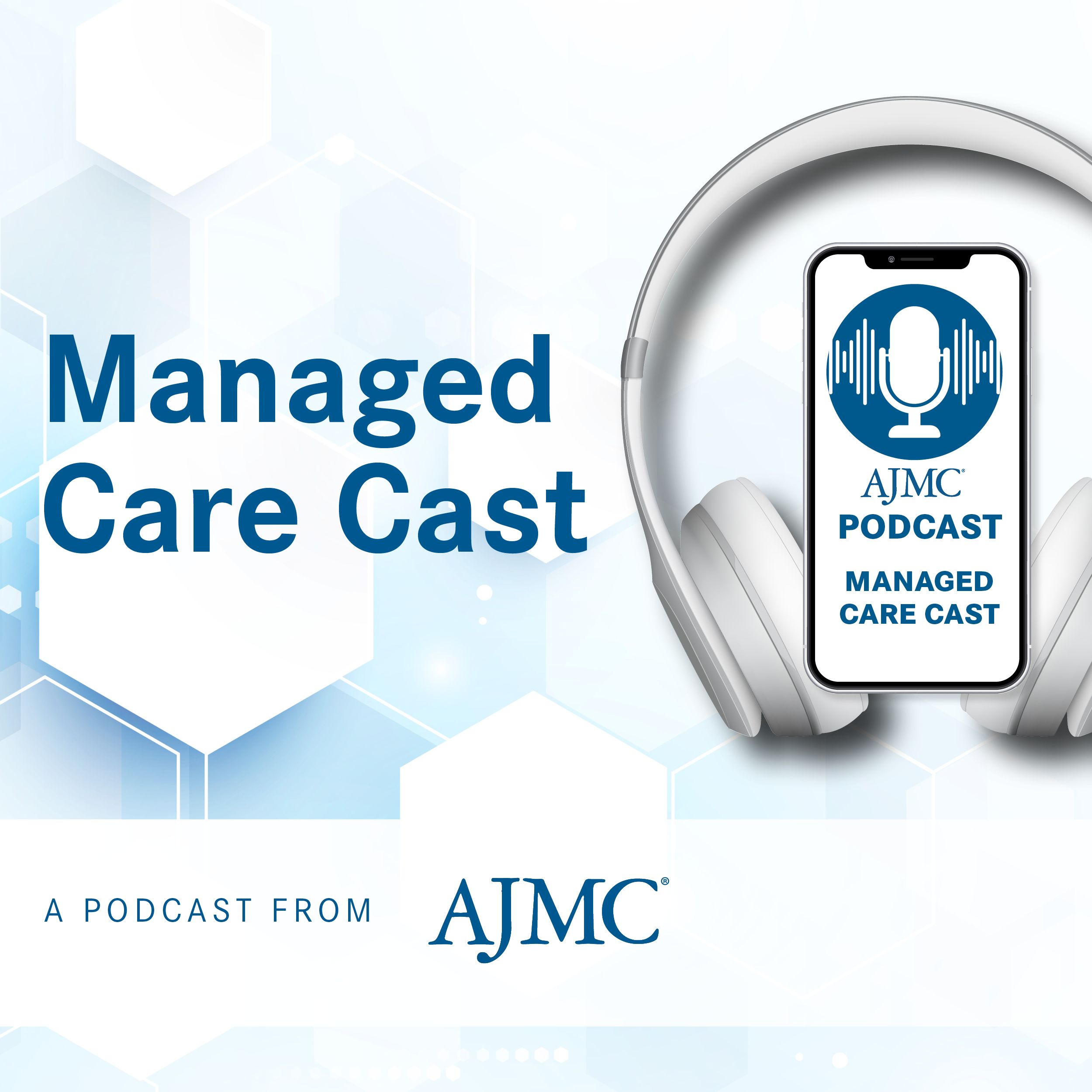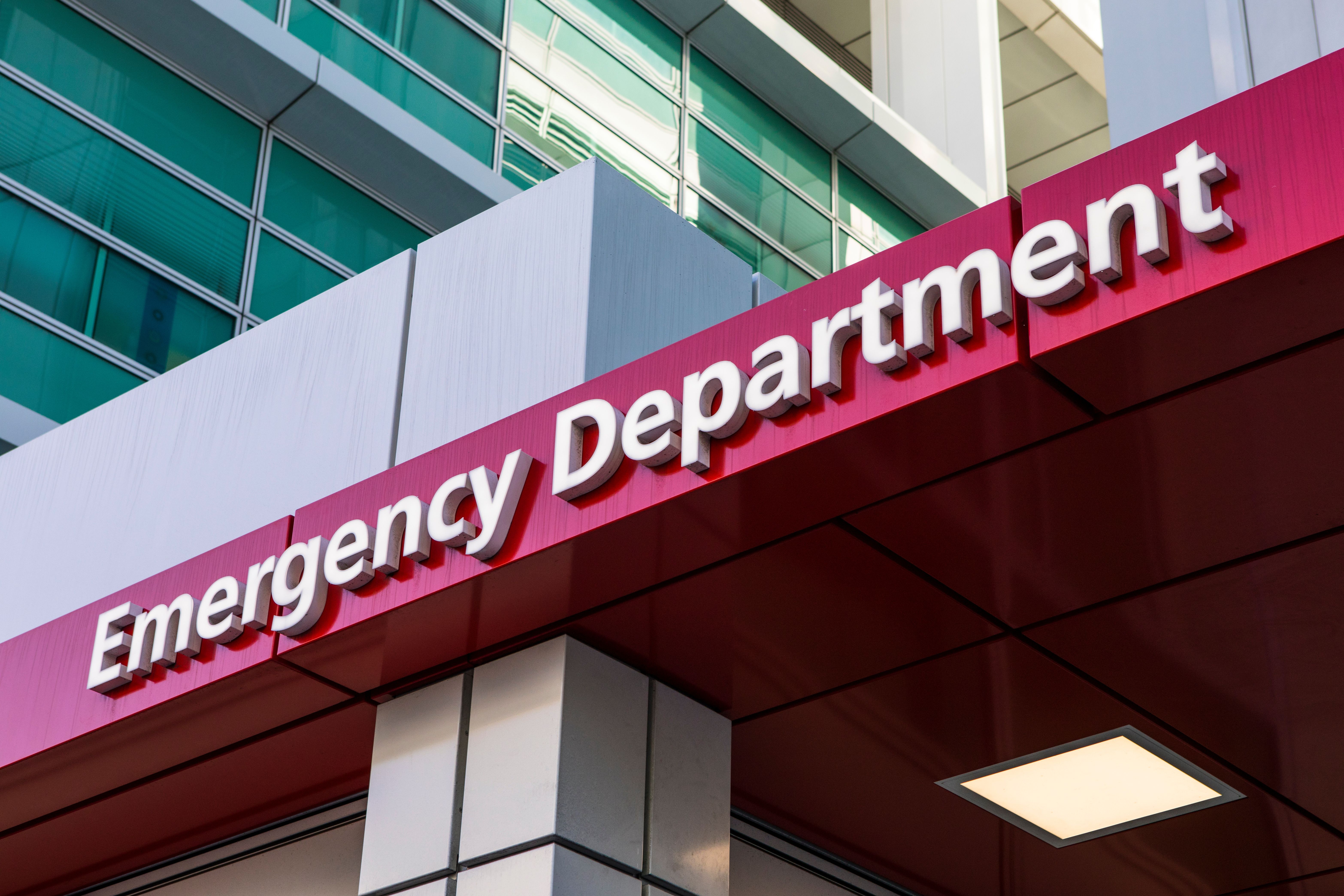Feature
Article
MDMA-Assisted Therapy Receives a Complete Response Letter From the FDA
Author(s):
Today, the FDA issued a complete response letter (CRL) for midomafetamine capsules (MDMA) in combination with assisted therapy (MDMA-AT) for adults living with posttraumatic stress disorder (PTSD).
Today, the FDA issued a complete response letter (CRL) for midomafetamine capsules (MDMA) in combination with assisted therapy (MDMA-AT) for adults living with posttraumatic stress disorder (PTSD).1
Upon completion of its review, the FDA stated that it could not approve the treatment based on the data submitted and suggested Lykos Therapeutics conduct an additional phase 3 study to expand on the efficacy and safety profile.
Image Credit: Svitlana - stock.adobe.com

Lykos Therapeutics is planning to meet with the FDA to request "reconsideration of the decision and to further discuss the agency's recommendations for a resubmission seeking regulatory approval for midomafetamine capsules," according to the statement.
"The FDA request for another study is deeply disappointing, not just for all those who dedicated their lives to this pioneering effort, but principally for the millions of Americans with PTSD, along with their loved ones, who have not seen any new treatment options in over two decades," Amy Emerson, chief executive officer of Lykos Therapeutics stated. "While conducting another phase 3 study would take several years, we still maintain that many of the requests that had been previously discussed with the FDA and raised at the advisory committee meeting can be addressed with existing data, post-approval requirements, or through reference to the scientific literature."
Data from a pair of phase 3 studies submitted by Lykos demonstrated MDMA-AT significantly reduced PTSD symptoms among participants who received the treatment compared with those in the placebo group. The primary outcome was measured by a reduction in Clinician-Administered PTSD Scale for DSM-5 (CAPS-5) total severity score from baseline to 18 weeks.
Just last week Lykos announced new initiatives and measures for additional oversight for the treatment of adults with PTSD using MDMA-AT.2
PTSD continues to be a significant public health challenge. About 6% of people in the US (8% of women, 4% of men) will have PTSD at some point in their lifetime, according to estimates from the National Center for PTSD.3 However, the consequence of PTSD translates into crisis among the veteran population. While rates of veteran suicide may underestimate the reality, it has been reported that 17 to 44 veterans take their lives each day.4
In a letter to President Joe Biden, more than 60 bipartisan lawmakers from the House and Senate, led by Congress member Jack Bergman, US Representative of Michigan’s First District, addressed the suicide epidemic that’s been affecting veterans for decades. “PTSD and suicide have been exponentially more lethal for those who served in uniform than combat,” the members of Congress wrote.
“Thousands of Veterans suffering from PTSD continue to take their lives each year. Current treatments clearly are not working well enough, and our Veterans can no longer wait,” the letter concluded. “If the data and evidence show that MDMA-AT is safe and effective at relieving the suffering that many Veterans face, then we owe it to them and the millions of others who are living with PTSD to make this treatment option available to them.”
Selective serotonin reuptake inhibitors (SSRIs) sertraline (Zoloft) and paroxetine (Paxil) have been the only FDA-approved treatment options for PTSD for over 20 years.
"A truly novel treatment option like this is really just desperately needed by a lot of long-struggling individuals who, like myself, were frustrated or didn't benefit from current treatments and, in many cases, experienced brutal side effects," Brett Waters, attorney, cofounder and executive director of Reason for Hope, told The American Journal of Managed Care® (AJMC®) in an interview. "And this is a way for a lot of people, at least hopefully, to be able to get away from the need for chronic daily medication."
While SSRIs exhibited superiority compared with placebo in previous research, the effect size paled in comparison to the current MDMA-AT data (−0.28; 95% CI, −0.39 to −0.17).5
“With MDMA-assisted therapy, we have an intervention that is roughly 4 times as potent as any existing medication treatment option for PTSD,” MAPP1/2 study investigator Scott Shannon, MD, CEO of the Board of Psychedelic Medicine and Therapies, and founder of Wholeness Center, explained to AJMC. “Our effect size was 0.91, and the effect size for SSRIs is, according to 2 different studies, 0.23 or 0.28, both of which are relatively poor in terms of effect sizes, or considered a small effect size, which is almost trivial clinically.”
Many voices have joined the discussion around the psychedelic therapy, which came to a summit at the FDA Psychopharmacologic Advisory Committee (PDAC) public hearing session. In early June, the committee voted 2 to 9 against supporting the effectiveness of MDMA-AT, and 1 to 10 to reject that the benefits of the treatment with the FDA’s proposed risk evaluation and mitigation strategy (REMS) outweigh its risks for the treatment of patients with PTSD.6
However, the agency retained the freedom to decide whether or not the committee’s recommendation would factor into its decision.
Among the data submitted to the FDA in the February 2024 new drug application (NDA) that was granted priority review designation, the agency examined the findings from the pivotal phase 3 clinical trials—MAPP1 and MAPP2.1 Both studies evaluated the efficacy and safety of MDMA-AT in patients with PTSD.
MAPP1: MDMA-AT in Severe PTSD Cases
The MAPP1 trial (NCT03537014), a randomized, double-blind, placebo-controlled, multi-site study, focused on patients with severe PTSD, many of whom had common comorbid conditions such as dissociation, depression, a history of alcohol and substance use disorders, and childhood trauma.7
The study included 90 participants who were randomized 1:1 to receive either MDMA-AT or placebo in combination with manualized therapy. Participants underwent a psychiatric medication washout before starting the trial, ensuring that the effects of MDMA could be accurately measured.
Findings showed MDMA-AT did not induce adverse events of abuse potential, suicidality, or QT prolongation (a measure of cardiac rhythm), supporting its safety and tolerability even in individuals with complex comorbidities.
Investigators assessed the change in PTSD symptoms as the primary end point, measured by CAPS-5. The secondary end point was the assessment of functional impairment using the Sheehan Disability Scale (SDS), which measures functional impairment. Both were evaluated at baseline and 2 months after the final experimental session.
Participants in the MDMA group showed a significant reduction in CAPS-5 scores compared with the placebo group, with a mean (SD) change of −24.4 (11.6) in the MDMA group versus −13.9 (11.5) in the placebo group (d = .91; P < .0001). The secondary end point measuring the total score of SDS also exhibited a significant reduction (P = .0116; d = .43).
MAPP2: MDMA-AT in a Diverse Population
The MAPP2 trial (NCT04077437), another multi-site, randomized, double-blind study, aimed to confirm the efficacy and safety of MDMA-AT in a broader population of individuals with moderate to severe PTSD.8
This trial included 104 participants who were randomly assigned to receive either MDMA-AT (n = 53) or placebo with identical therapy (n = 51). The participants were ethnoracially diverse, with 26.9% identifying as Hispanic/Latino and 33.7% identifying as other than White.
Like MAPP1, the primary end point was the change in CAPS-5 total severity score, with the SDS functional impairment score as the key secondary end point. The results of MAPP2 were consistent with those of MAPP1, further validating the efficacy of MDMA-AT.
The least squares (LS) mean change in CAPS-5 score was −23.7 (95% CI, −26.94 to −20.44) for the MDMA-AT group, compared with −14.8 (95% CI, −18.28 to −11.28) for the placebo group (P < .001; d = .7). The SDS score also showed significant improvement, with an LS mean change of −3.3 (95% CI, −4.03 to −2.60) for the MDMA group vs −2.1 (95% CI, −2.89 to −1.33) for the placebo group (P = .03; d = .4).
While the majority of participants tolerated the treatment well, there were 7 severe treatment-emergent adverse events (TEAEs), with 5 occurring in the MDMA group (9.4%) and 2 in the placebo group (3.9%). No deaths or serious TEAEs were reported.
Exploratory outcomes revealed 45 out of 52 participants (86.5%) who received MDMA-AT exhibited a clinically meaningful improvement—defined as a reduction of 10 or more points in the CAPS-5 total severity score—by 18 weeks after baseline. Similar improvements were observed in 29 out of 42 participants (69.0%) in the placebo.
Additionally, by the end of the study, 71.2% (37 of 52) of participants in the MDMA-AT group no longer met the DSM-5 criteria for PTSD, compared with 47.6% (20 of 42) in the placebo group. Furthermore, 46.2% (24 of 52) of the MDMA-AT group met the criteria for remission, as opposed to 21.4% (9 of 42) in the placebo group.
Key Leaders React
“I'm deeply disturbed by the FDA’s unwillingness to look at the data carefully and to have people who are equipped to assess the science make this decision and recommendation,” Shannon said. “I would urge the FDA to create a new division of psychedelic medicine so that we don't lose out on this important avenue of research which has the potential to transform mental health care at a time when we’re deeply mired in crisis and ineffective treatments.”
Reason for Hope is committed to continuing its efforts to achieve FDA approval for MDMA-AT.
“We are incredibly disappointed that the FDA made the wrong decision in the face of such an urgent need and clear demand from the veteran community and others suffering from PTSD," Water said. "Delay is only going to lead to more unnecessary suffering and lives lost... We're going to continue working tirelessly to help get this over the finish line, because there are far too many people who are going to continue suffering, and unfortunately, too many lives that are going to be lost in the interim.”
References
1. Lykos Therapeutics announces complete response letter for midomafetamine capsules for PTSD. News Release. Lykos Therapeutics. August 9, 2024. Accessed August 9, 2024. https://news.lykospbc.com/2024-08-09-Lykos-Therapeutics-Announces-Complete-Response-Letter-for-Midomafetamine-Capsules-for-PTSD
2. Lykos Therapeutics announces new initiatives and measures for additional oversight for midomafetamine-assisted therapy, if FDA approved. News Release. Lykos Therapeutics. August 1, 2024. Accessed August 8, 2024. https://www.prnewswire.com/news-releases/lykos-therapeutics-announces-new-initiatives-and-measures-for-additional-oversight-for-midomafetamine-assisted-therapy-if-fda-approved-302211749.html
3. PTSD: National Center for PTSD. U.S. Department of Veterans Affairs. Updated February 3, 2023. Accessed August 8, 2024. https://www.ptsd.va.gov/understand/common/common_adults.asp
4. Grossi G. Bipartisan letter to President Biden highlights promise of MDMA therapy for PTSD. AJMC®. August 7, 2024. Accessed August 8, 2024. https://www.ajmc.com/view/bipartisan-letter-to-president-biden-highlights-promise-of-mdma-therapy-for-ptsd
5. Hoskins MD, Bridges J, Sinnerton R, et al. Pharmacological therapy for post-traumatic stress disorder: a systematic review and meta-analysis of monotherapy, augmentation and head-to-head approaches. Eur J Psychotraumatol. 2021;12(1):1802920. Published 2021 Jan 26. doi:10.1080/20008198.2020.1802920
6. Kunzmann K. FDA Psychopharmacologic Advisory Committee votes against supporting effectiveness of MDMA for PTSD. HCPLive. June 4, 2024. Accessed August 8, 2024. https://www.hcplive.com/view/live-updates-fda-psychopharmacologic-advisory-committee-meeting-mdma-ptsd
7. Mitchell JM, Bogenschutz, M, Lilienstein A. et al. MDMA-assisted therapy for severe PTSD: a randomized, double-blind, placebo-controlled phase 3 study. Nat Med 27, 1025–1033 (2021). doi:10.1038/s41591-021-01336-3
8. Mitchell JM, Ot'alora GM, van der Kolk B, et al. MDMA-assisted therapy for moderate to severe PTSD: a randomized, placebo-controlled phase 3 trial. Nat Med 29, 2473–2480 (2023). doi:10.1038/s41591-023-02565-4
Newsletter
Stay ahead of policy, cost, and value—subscribe to AJMC for expert insights at the intersection of clinical care and health economics.





